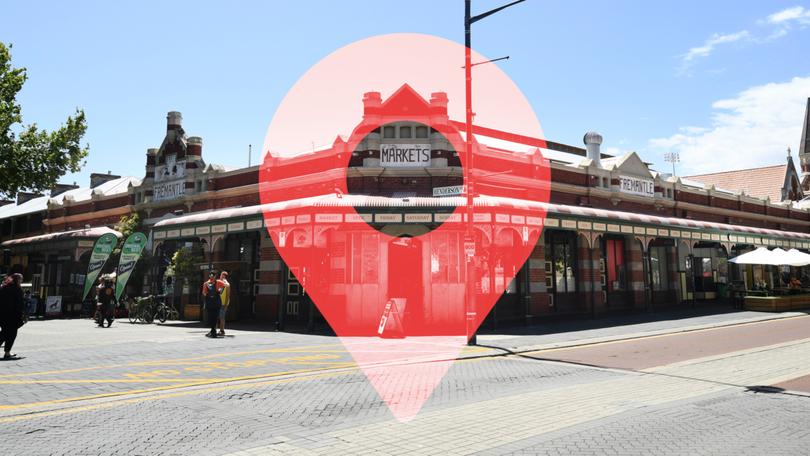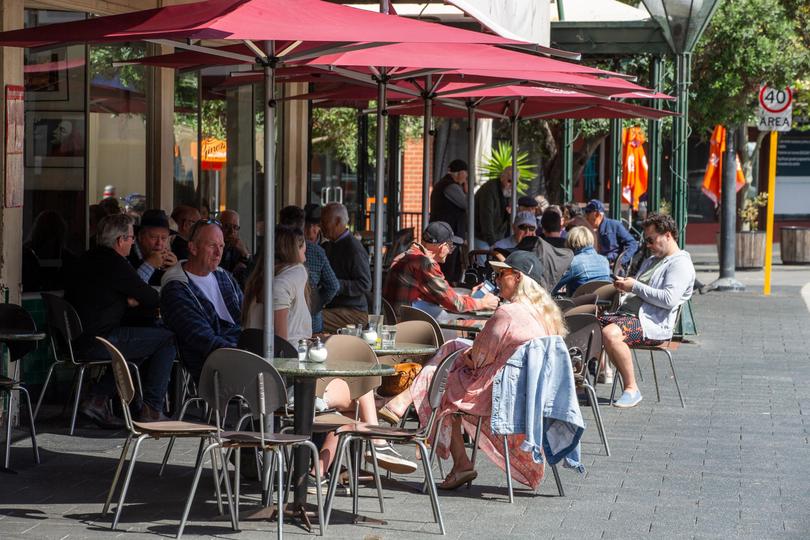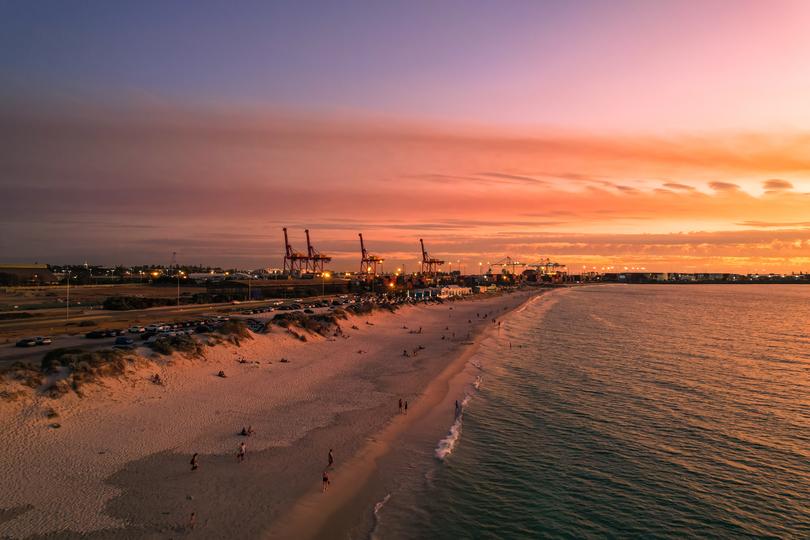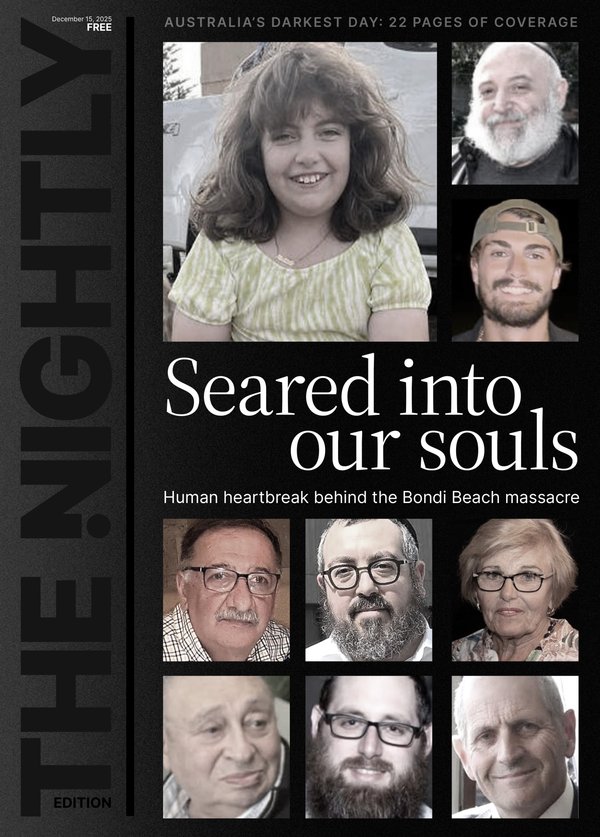Suburbiana: Even the smug locals can’t agree on a fitting description for Fremantle

Fremantle – Walyalup – is a port city at the mouth of the Swan River, 30 minutes south of the Perth CBD.
That much, at least, locals can agree on. But consensus fades shortly thereafter.
I’ve spent half my life in Freo, and over the years I have heard it described as: a paradise, a bohemian mecca, crime hotspot, a gentrified ghost town, faux-hippie, ‘the best town in Australia’, an ‘anti-vax citadel’, slowly dying, robustly thriving and Freakmantle.
Sign up to The Nightly's newsletters.
Get the first look at the digital newspaper, curated daily stories and breaking headlines delivered to your inbox.
By continuing you agree to our Terms and Privacy Policy.Confused? Just order soy chai latte and chill, it’s all good.
Known in Nyoongar as Walyalup, Fremantle has a long history. The Whadjuk people have occupied the area for tens of thousands of years, long before rising sea levels split Rottnest off from the mainland. The ancient story of this mass flooding — subsequently confirmed by geologists — is one of the oldest oral traditions in the world.
The Fremantle of colonial settlement, on the other hand, has not yet reached its bicentennial. Some 400 British settlers established the ‘Free Swan River Colony’ in 1829. For 150 years, the port town served as a gateway for thousands of new arrivals to WA, from convicts to post-war immigrants.
With its convict-built architecture and Italian heritage, modern Fremantle is a melting pot of all this history. It is also, if the Freo tourism board is to be believed, an absolute paradise.
“Fremantle is the most eclectic and spirited seaside destination in the world,” boasts the Visit Fremantle website. I have to respect the boldness of this self-delusion. Sorry Rio di Janeiro — your Christ the Redeemer statue may be one of the Seven New Wonders of the World, but it simply cannot compete with the spirit of the Cappuccino strip.
And Fremantle’s PR team are not alone in their veneration of the city.

In 2022, Time Magazine described Fremantle as one of the “world’s best destinations”. Glowing travel guides conjure up a charming, bohemian enclave, populated solely by young creatives, hippie backpackers, and the restless ghost of Bon Scott. Wander our well-preserved Edwardian streetscape, such dispatches urge, then take a dip in our aquamarine ocean. Toast a world-beating sunset at an al-fresco bar, or dance to a local band at an intimate venue. Soak in what Lonely Planet has rhapsodised as the harbour town’s “sea-salty soul” and Broadsheet Travel has called its “boho-cool spirit”.
Whilst these effusive missives are a tad cringy — “boho-cool spirit” sounds like a cheap cologne brand — they do get some things right. Our beaches are indeed beautiful, our music scene is incredible, and our restaurants are excellent.
But they inadvertently reveal something a lot of people seem to find annoying about Fremantle: our perceived smugness.
Freo is far too pleased with itself, some keyboard warriors insist (google Freo hippies and you’ll see what I mean). It’s a hub for faux-subversives — the type who eschew cow’s milk “for the planet” but drive SUVs to their holistic health appointments — and pretentious activists, changing the world one angry Instagram post at a time.
A bit of satire is fair game, but I don’t think this is a particularly fair characterisation. Plenty of Freo locals are politically engaged (often with left-wing causes) and passionate about the environment.
Nonetheless, such accusations do hit on something. Supposedly bohemian Fremantle is increasingly unaffordable for those without six-figure pay packets. The median house price in the town is $1.1 million and going up.
Such eye-watering costs contrast with the visible deprivation of Fremantle’s homeless population. The increasing exclusivity of the property market is a little jarring when compared with the atmosphere of inclusivity of which Fremantle is so proud.

No disrespect to travel writers; a destination guide needn’t open with a polemic on inequality. But I think that’s why such dispatches ring a little false — they capture just one of Fremantle’s many faces, and so depict a pretty silhouette of the town that locals know, with its myriad virtues and failings.
I’m guilty of the same sin, of course: In trying to write about Fremantle, I can’t help but
leave most things out. I haven’t mentioned the differences between North, South, and East
Fremantle, the fishing harbour, or the Dockers – let alone the endless recrimination over the redevelopment of the old traffic bridge (another ancient Freo oral tradition).
No travel guide or article can capture all of the different parts of a place. Freo will always be a paradise to tourism board copywriters, and pretentious Freakmantle to naysayers.
But even though I disagree with their cringeworthy adjectives, I think the former camp is on to something.
I moved to London two years ago, and when I tell my English friends about where I’m from, I end up waxing lyrical. “It’s just got a great vibe. And there are so many good beaches, and the river’s right nearby. And plenty of places to go for a drink, a new brewery just opened, so many bands! Loads of art exhibitions, and the best sunsets in the world.”
I’ll stop now, before I get homesick.
